Adopting leading plant nutrition practices and products is one way that Marian Macdonald is working to build sustainability in her family’s South Gippsland dairy farm.
Ms Macdonald and her husband Wayne milk 250 Friesian cows, grazing 200 hectares of perennial pastures. She is also the author of popular blog, ‘The Milk Maid Marian’.
Their pastures are 100% rainfed, but thanks to their prime location between the Strzelecki Ranges and Bass Strait, their farm receives a good 850 millimetres of rain a year.
However, they are beginning to see changes in when that rain arrives.
“The winter period is becoming more productive, with less pugging, while the spring is getting shorter and the summers are longer and tougher,” Ms Macdonald said.
In response, calving time is being moved from winter to late autumn.
“At the same time, we’re finding the autumn break is less reliable so we need pastures that are as responsive as possible and ready to go when we get the rain,” she said.
Part of achieving that fast growth is supplying a good boost of nitrogen with Green Urea NV from Incitec Pivot Fertilisers.
Ms Macdonald changed the fertiliser program to include Green Urea NV throughout autumn this year, based on local research showing it can reduce the incidence of volatilisation.
Green Urea NV contains a urease inhibitor, which can reduce gaseous losses of nitrogen after urea is applied to crops and pastures.
These volatilisation losses can be a problem when farmers apply urea to grazed pastures where adequate rainfall, irrigation or cultivation is not guaranteed within days of application.
She said the trial results she found most compelling were from a University of Melbourne study at Murroon in Victoria.
In the trial, the autumn application of Green Urea to perennial ryegrass reduced nitrogen losses as ammonia to 10% of the applied nitrogen, compared with urea, where about 30% of the applied nitrogen was lost.
“Based on these results and other trials I have read about, Green Urea NV is incredibly effective at reducing ammonia losses when rain is less reliable,” she said.
“Rainfall is certainly unpredictable and unreliable here in autumn and with no irrigation, we are relying on the rain to water urea into the ground.”
Green Urea NV has been used for all of the farm’s nitrogen topdressing this season.
“We have put quite a lot out and I am really glad we did,” Ms Macdonald said.
“It’s been a stop start season so far, with rainfall being more sporadic.”
She said that in farming, things did not always work out as planned.
“For example, I ordered a nitrogen spreader for a Friday with rain predicted on Saturday, but by the time the spreader arrived on farm, we had already had 10mm of rain and there was only a total of 11mm for the day,” she said.
She said applying nitrogen after rainfall had been shown to increase volatilisation losses in Dr Richard Eckard’s research at Ellinbank, Victoria, where rainfall was simulated with irrigation. Applying urea the day after the simulated ‘rainfall’ resulted in a 21% loss of nitrogen through volatilisation.
“We don’t have a slush fund of money to make up for one in five parts of the urea we apply going up in smoke,” she said.
Nitrogen is used in frequent, but not heavy applications, varying from 60 kg/ha of Green Urea NV on the tall fescue to 80 kg/ha on other perennial grasses.
She said Green Urea NV would be used tactically when conditions favoured volatilisation losses, with urea used at other times.
“It is more expensive than urea, but it has an important role to play to make sure we get the full benefit of the nitrogen we apply,” she said.
“When the conditions are right, it’s worth its weight in gold.”
In addition to using a leading edge nitrogen fertiliser, Ms Macdonald also soil tests every paddock every year.
Paddock records are kept in a spreadsheet to monitor changes in phosphorus, potassium, sulphur, pH and salinity.
“It all goes into one big spreadsheet and I colour code that with red, yellow and green to show low, maintenance and luxury nutrient levels,” she said.
“It’s just a quick and easy way to cast your eye over the farm.”
She also seeks advice from her local agronomist.
“Scott Travers from Murray Goulburn does an excellent job in making fertiliser recommendations for our farm,” she said.
They are slowly building pH levels on the farm, which had been as low as 4.0 (CaCl2), by liming as often as the budget allows.
This year, they applied 210 tonnes of lime across the farm, prioritising the areas with the most severe problems.
Phosphorus is generally in excess in the soil and SuPerfect® has been left out of the fertiliser program for the past five years.
DAP is applied when seeding new pastures to give a starter phosphorus effect.
“When we came here in 2008, we had one paddock on the farm that had a soil phosphorus level of 82 (Olsen P) and one of them is still at 61,” she said.
Last season, they also topped up on potassium in a few areas with Muriate of Potash blended with urea or Green Urea NV.
She said taking care with nutrient levels and leaching was an important issue for all farmers.
“I want to be in the top 10% of farmers and run the farm at its optimum and make it sustainable,” she said.
“To me sustainability means profitability, resilience and manageability as well as environmental sustainability and best practice animal welfare.
“We will be held to account on the environmental impact of our fertiliser decisions, so I’d rather be proactive and do not only ourselves, but our environment, a favour.”
Source: The Australian Dairyfarmer


